SKU:
Colempaques Horizontal Integrated Septic System 2000 Liters
This system carries out a biological process that gradually decontaminates human waste, through appropriate hydraulic retention times that allow for the anaerobic septic degradation of organic matter. In this way, proper treatment of wastewater is carried out. As it is integrated, it has two Imhoff septic chambers for sludge settling and an anaerobic chamber for the degradation of organic matter.
The three chambers are integrated into a single system to achieve greater efficiency in water treatment. It includes two covers with a wide diameter to facilitate inspection and maintenance of the system. It also includes accessories for gas escape, 140 rosette-type filter units and PVC accessories. This product is suitable for burial.
Its horizontal design has reinforcement veins for greater resistance to external pressures from the ground and internal pressures from the product content. With a height of approximately 131 cm, it requires a shallow excavation to be buried. Additionally, the product is made of a single piece, without welds, which guarantees total tightness and minimum risk of leaks. To ensure the efficiency of the system, we recommend using the Plastic Rosette Filter Media for anaerobic treatment. These accessories improve porosity and increase the contact surface, so that the bacteria carry out the correct treatment in the Anaerobic Filter. The product includes 140 rosettes and does NOT include the bacteria.
Additional product information
Shipping times
Our times are subject to destination and availability. You can check this at checkout.
In addition, you can consult your trusted specialist for installation services. We provide technical support to ensure your installation is a success.

Frequently Asked Questions
It is a wastewater pretreatment system used in places where there is no connection to a public sewer network.
The size is determined by the number of users that a septic system can support, which is variable and depends on multiple factors, such as water consumption or soil type.
We recommend that you consult a sanitary engineer or septic system specialist to perform the necessary calculations and design a system suitable to your needs.
Frequency may vary depending on factors such as system size, number of users, and usage.
Recommendations:
- Inspections: At least once a year to check the level of sludge and grease, and the general condition of the system.
- Cleaning: Every year, depending on the size of the tank and its use. This cleaning consists of removing accumulated sludge and grease.
To ensure the proper functioning of the bacteria in the septic system. There are black waters and grey waters:
Black water: This is all waste water that comes from toilets and dishwashers. The organic load contained is highly polluting, so water must be treated before filtering into the ground, in order to prevent damage to the subsoil or aquifers in the region. This water is what passes through the septic system.
Grey water: This is all waste water that comes from sinks, dishwashers and showers. It should not pass through the septic system due to its high content of antibacterial soaps that can harm the functioning of bacteria in the anaerobic filter.
- Bad odors: They can be caused by a problem in the tank, in the drain field or by lack of maintenance.
- Overflows: A full tank can cause overflows on the surface. Make sure you purchase a septic system with a larger capacity to ensure proper hydraulic retention times.
- Wet or waterlogged areas: May indicate a problem in the infiltration or drainage field.
- Chemicals: Harsh detergents, bleach, paints, solvents and other chemicals can kill beneficial bacteria in the tank.
- Fats and oils: Fats and oils solidify in pipes and can clog the system.
- Wet wipes: Although some are biodegradable, they can clog pipes.
- Feminine hygiene products: Should not be flushed down the toilet.






